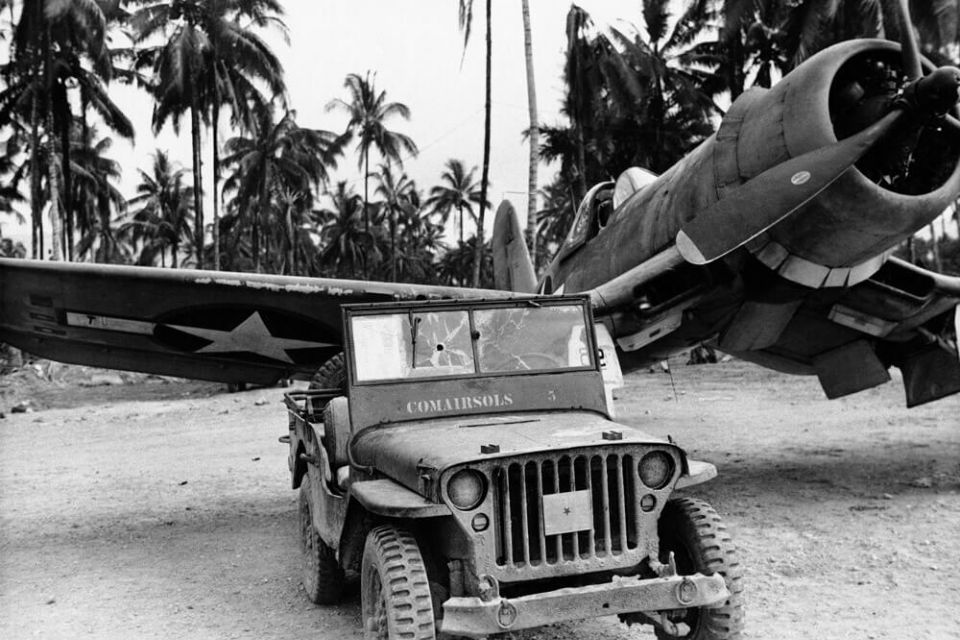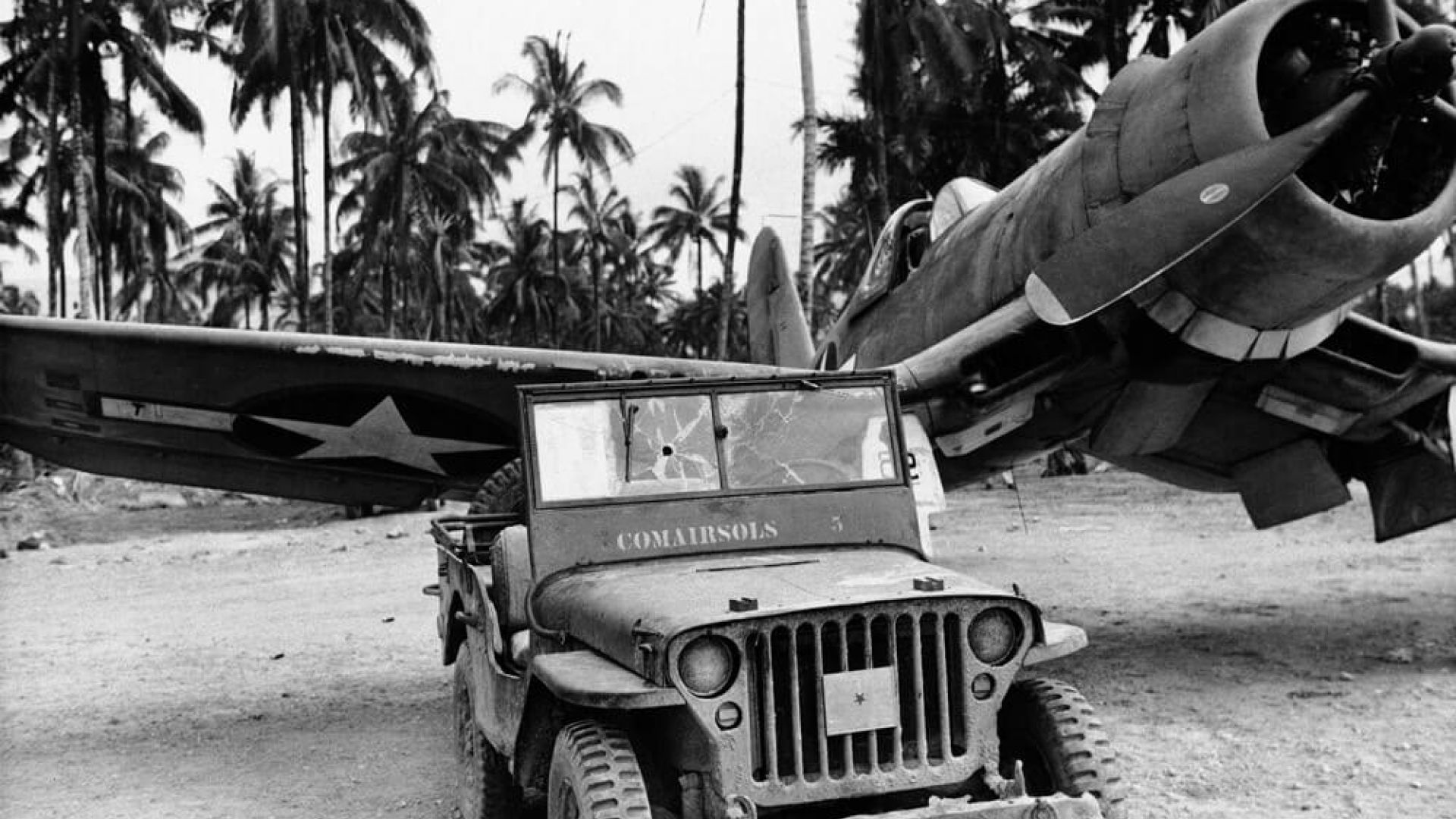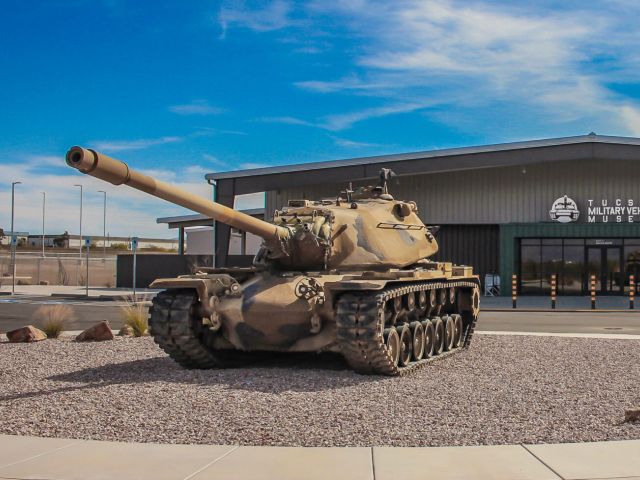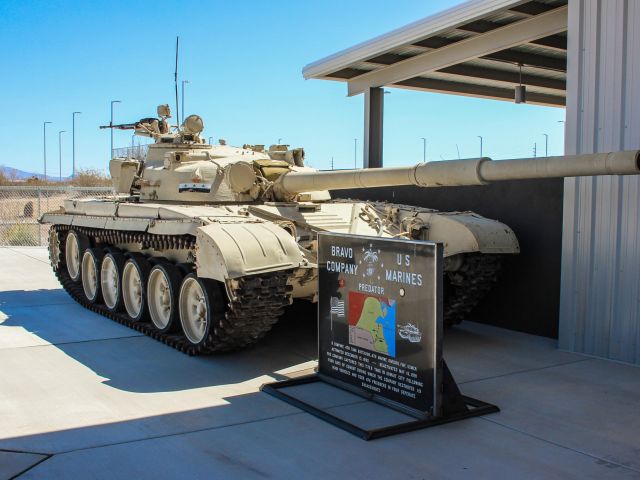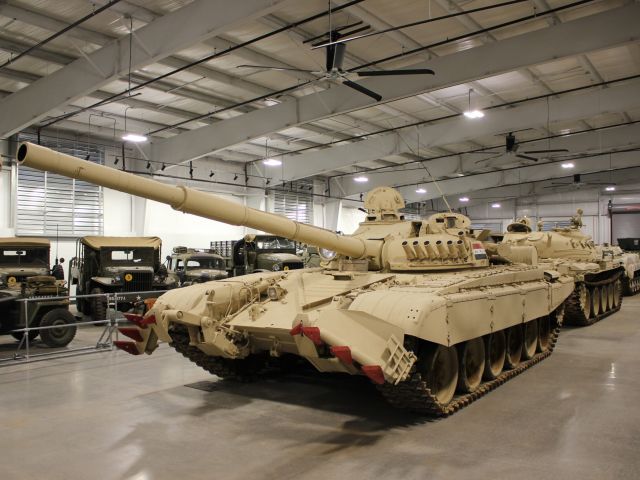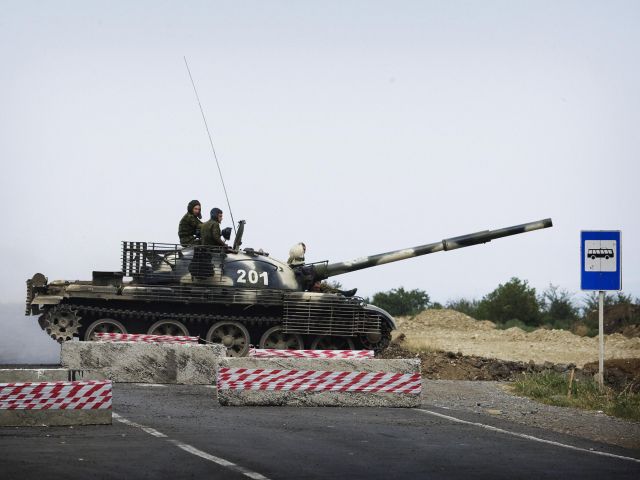Technical Specifications
-
Enter Service:1941
-
Crew:1–3
-
Weight:2,453 lbs
-
Dimensions:Length: 11 ft, Width: 6 ft 2 in, Height: 6 ft .5 in
-
Armament:Designed to mount .30 or .50 caliber machine guns on a post between front seatbacks
-
Powerplant:4-cylinder in-line, L-Head
-
Performance:Speed: 65 mph, Range: 300 mi
Description
The Willys MB, commonly known as a Jeep, and as the U.S. Army Truck, 1/4-ton, 4×4, was a four-wheel drive utility vehicle that was manufactured from 1941 to 1945 for use during World War II. In 1937, the U.S. Army solicited proposals from domestic automobile manufacturers for a replacement for its existing, aging light motor vehicles. The request was for a light cross-country reconnaissance and utility vehicle to improve mobility for ground forces. The Army formalized its requirements in 1940 and submitted the request to 135 U.S. automotive manufacturers.
American Bantam is credited with the invention of the original jeep and the first serial production military jeeps ordered by the U.S. Army in 1940. Willys was awarded the contract since American Bantam was not equipped to keep up with high-production demands. By October 1941, to keep up with production demands and fill shortages in jeep manufacturing, Ford was awarded multiple contracts to produce Jeeps under the Willys license. The Ford car was then designated GPW, with the “W” referring to the “Willys” licensed design. During WWII, Willys MB produced nearly 360,000 Jeeps.
Jeeps were used by every service of the U.S. military. An average of 145 were supplied to U.S. Army infantry regiments. The Jeep was a multipurpose utility vehicle and was used for reconnaissance, gun towing, cable laying, saw milling, firefighting pumpers, field ambulances, tractors and with suitable wheels would even run on railway tracks. The display Jeep represents Allied units assigned to the European Theater of Operations.
From the Count Ferdinand von Galen Collection, donated by his family in memoriam.
